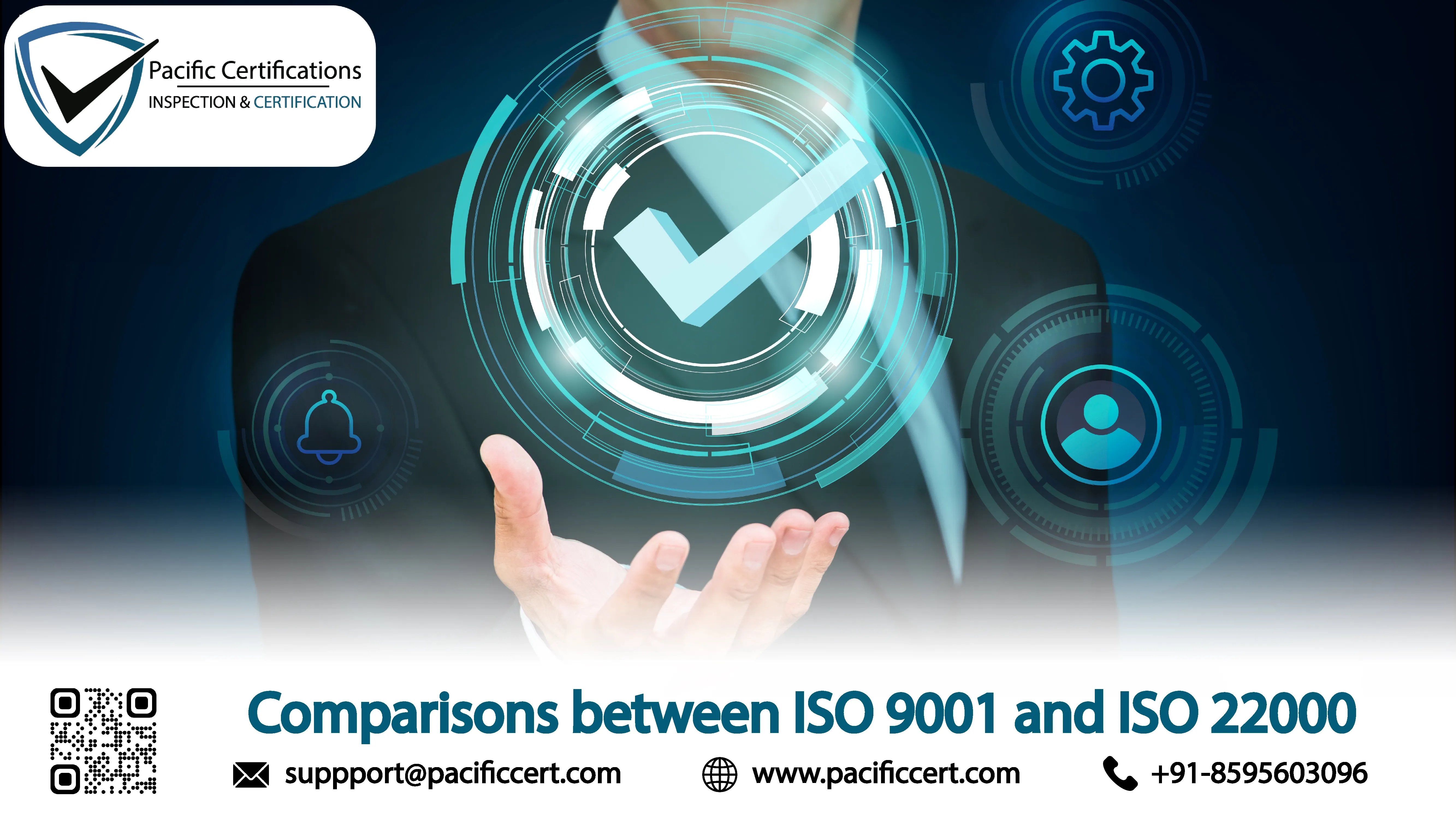ISO 9001 vs ISO 22000: Comparing Quality and Food Safety Systems
- Get link
- X
- Other Apps
Introduction
Quality and food safety share many building blocks yet they solve different problems. ISO 9001 focuses on how an organization runs its processes so customers get what was promised. ISO 22000 focuses on keeping food safe across the chain from farm to fork. Knowing where they align and where they differ helps you pick the right scope, avoid rework, and meet buyer and regulator needs in one pass.
What ISO 9001 covers?
ISO 9001 sets up a Quality Management System that applies to any industry. It asks you to define processes, measure performance, manage risks, handle complaints, and keep improving. It is about consistency, customer focus, and control. It helps factories, service firms, and logistics teams reduce defects and delays.
What ISO 22000 covers?
ISO 22000 is built for food chains. It blends ISO management practices with food safety tools like prerequisite programs, hazard analysis, and critical control points. The aim is to identify hazards, set controls at the right steps, and prove that food stays safe during production, storage, and transport.
When to choose ISO 9001, ISO 22000, or both?
-
Choose ISO 9001 if you want a single quality framework for multiple lines, or you supply non-food products and services.
-
Choose ISO 22000 if you handle food, feed, or packaging that touches food and must show hazard control and traceability.
-
Choose both if you run a food business that also needs strong customer management and wider operational control. Many brands do this to satisfy buyers and streamline audits.
How to combine the two without extra work?
-
Write one policy that covers quality and food safety.
-
Keep one set of core procedures for document control, training, internal audit, nonconformity, CAPA, and management review.
-
Add HACCP studies, PRPs, CCP monitoring, and recall tests as ISO 22000 add-ons.
-
Use one risk register with a lane for quality risks and a lane for food safety hazards.
-
Align KPIs so leaders can see defects, complaints, CCP deviations, and recalls in one dashboard.
Benefits you can expect
-
Fewer defects and fewer food safety incidents
-
Faster customer response and cleaner complaint trends
-
Stronger traceability and recall readiness
-
Better supplier control and fewer surprises at intake
-
Clear evidence for buyers and inspectors
-
One integrated system that is easier to run day to day
How Pacific Certifications can help?
We audit and certify both ISO 9001 and ISO 22000. If you need one certificate or an integrated program, we can scope the audit days, review readiness, and complete Stage 1 and Stage 2 with minimal disruption. Our team understands food plants, distribution, and co-packing, so the audit looks at what actually matters on your floor and in your records.
Read more: ISO 9001 vs ISO 22000: Comparing Quality and Food Safety Systems
- Get link
- X
- Other Apps

Comments
Post a Comment